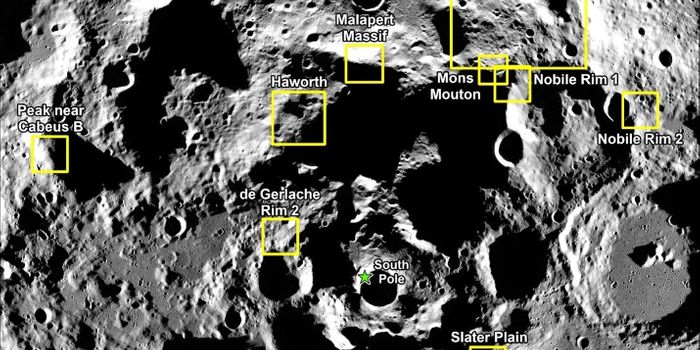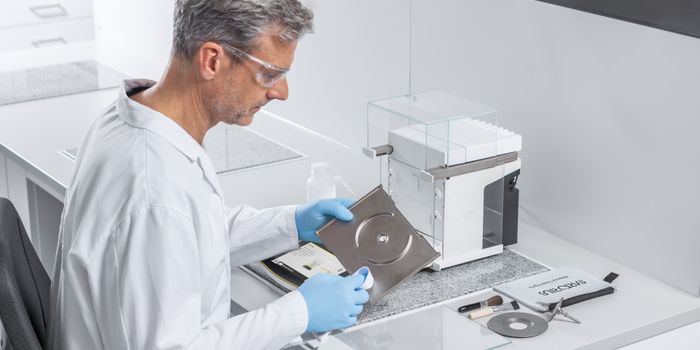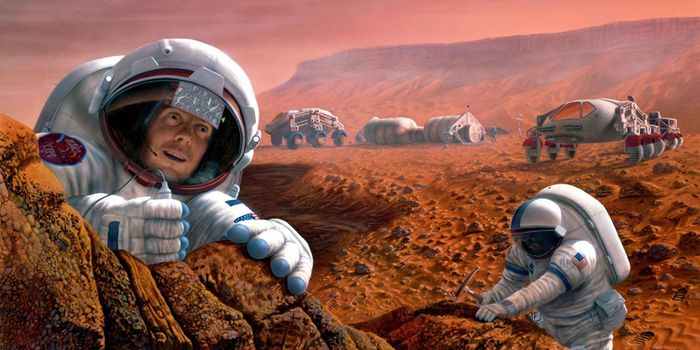Reality Splits and Many Worlds: What Can Schrodinger's Cat Teach Us About Quantum Physics?
Erwin Schroedinger, a Nobel-winning physicist and quantum mechanics pioneer, developed a set of concepts that are fundamental to how we understand the microscopic world of atoms.
Despite being a trailblazer in the field, Schrodinger was often perplexed by the paradoxical nature of quantum mechanics. He devised a thought experiment — now famously known the Schrodinger's cat — to ridicule the then-burgeoning field.
In this hypothetical setup, a sealable box contains a feline pet, a flask of poison, a radioactive source and a poison-release trigger that's linked to a radiation detector. If an atom of the radionuclide decays, the radiation signal activates the detector and releasing the poison, thereby killing the cat; otherwise, the decay does not happen, and the cat remains alive. The Copenhagen interpretation of quantum mechanics suggests that without an observer take a peek inside the box, the cat could be simultaneously alive and dead, leading to a situation that does not make sense in reality.
But if we dissect this thought experiment, which represents a macroscopic manifestation of the sub-atomic world's quirky nature, we might be able to turn what appears to be unreal into something is understandable from the human perspective.
Let's take a look at the sequential order of the events involved. First, the triggery mechanism involves radioactive decay, which is a single-atom, random event. One cannot predict when a particular atom would decay. The radionuclide could be decaying or not, with equal probability. Therefore, it is in an overlapped quantum state known as superposition.
The effect on the radiation detector and the cat is at the downstream of the decay. Since the state of the cat (dead or alive) and the detector (activated or inactive) are linked to the status of the radioactive atom, all three elements are considered in quantum entanglement.
Finally, observation. It is the most confusing part of the experiment because most of us wouldn't consider the observer as a part of quantum mechanics. However, like anything else in this world, human being is an indispensable part of the equation: our body is made with molecules, atoms, and subatomic particles, too.
Taken all the above into account, it would make sense that the outcome of this experiment is that our peculiar feline pal could be alive and dead, but just not in the same universe/dimension.
Many physicists believed that we live in the multiverse where there are many "worlds" existing in parallel with each other. Every quantum event would lead to a split or branch, with two or more consequences that happen in their separated worlds. As most of us would struggle to understand this otherworldly concept, there is plenty of precedent in the earlier stages of our science and technology development.
For example, without electron microscopes or advanced telescopes, our ancestors could not imagine what atoms or supernovae look like. But through a set of ambigeous evidence and proper reasoning, they know that they can exist.
For now, the many-worlds theory provides a convenient description that (sort of) makes sense to us humans. Maybe one day, we will be able to find direct proof of the existence of such dimensions, and then we will have a better understanding of the reality is actually like.
Source: Veritasium via Youtube








